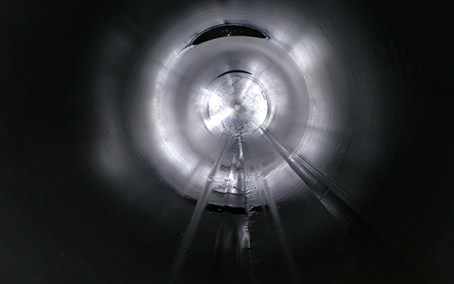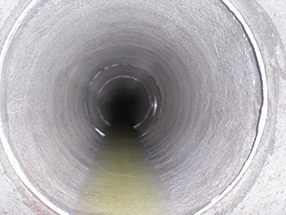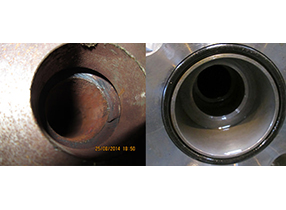PICKLING AND FLUSHING

It is of utmost importance to perform pickling (cleaning with acid) and flushing (filtration with oil) on the inner surfaces of the pipes before the hydraulic, liquid-grease lubrication, turbine lubrication, oxygen-fuel oil-diesel systems are commissioned. The purpose of these processes is to ensure that the coarse and micron particles on the inner surfaces of the pipes resulting from welding, cutting or similar processes are removed and the system components are protected.
1. Cleaning with acid (Pickling)
The purpose of the pickling process is to protect the pipelines by removing the chemical mixtures of rust and corrosive particles that are likely to cause corrosion over time.
2. Cleaning with oil (Flushing)
Flushing of the piping systems is performed after the pickling process. The method used in flushing is to circulate hydraulic oil in the pipe, which leads to the ejection of the particles in the pipe out of the system. The looping method is carried out by connecting the pipes to each other.
3. Superflushing
In order to better protect systems with sensitive components such as proportional and servo valves, it is recommended that a superflushing process be carried out. The purpose of this method is to clean the hydraulic manifolds that have not been cleaned in flushing. By removing the hydraulic valves the temporarily manufactured flushing plates are washed by the system’s pump bypassing the accumulator, piston and etc. By this method, the particles that has entered the hydraulic manifold during pipe assembly are removed from the pipeline.
It is very important that the systems are kept in clean condition in order for them to have good performance and long life. Therefore, if hydraulic oil is to be filled into the system, a filter must be used. If a revision will be carried out in the pipe route, it is of great importance that the spools are subjected to the above processes and that the pipes, fittings, components etc. are conserved in a closed environment when disassembled.

